Your first discussion with a practitioner should clearly set out your expectations of laser or intense pulsed light, IPL treatment and the practitioner should tell you whether or not these results are achievable using this method of hair removal.
Your medical history should be taken, to ensure that there are no reasons why you shouldn’t have the treatment. At this time, you would also normally be asked to read detailed information and sign a consent form which means that you have understood the potential benefits and risks associated with this treatment.
Photographs may also be taken by the practitioner for a "before and after" comparison at a later date.
The procedure
During this treatment, safety eyewear must be worn to protect your eyes from the light generated by the machine for all lasers and IPL machines. This is not required for those using LHE systems.
The practitioner will use a small hand piece to touch your skin with flashes of light. Some machines may also spray your skin with a cooling agent before the treatment begins.
A gel may also be applied to the treated area.
Most patients describe the procedure as a little uncomfortable, with a tingling or stinging sensation during treatment. The discomfort varies with each person, depending on your individual pain threshold and the type of machine used.
If you are having this treatment in a sensitive area, you may require an anaesthetic cream to make the treatment more comfortable. Be sure to discuss this with your practitioner before the treatment.
Repeat procedures
Several treatments are required at the start of hair removal therapy because of the natural growth cycle of hair. This is because each hair follicle goes through growing and resting phases, and the hair follicle is most successfully treated by light early in the growing phase.
The number of active follicles and the length of the growth phase varies, and the first treatment will only damage some of the follicles. After a few weeks, previously resting hair follicles break into growth, which then need to be treated.
The procedure can take anywhere from 10 minutes to an hour, depending on the size of the area being treated.
Treatments can be repeated at approximately monthly intervals. In this way, after 2 - 7 treatments, most of the hair follicles in any particular site can be successfully treated.
After this series of treatments, any further hair growth can be treated as and when it’s necessary.

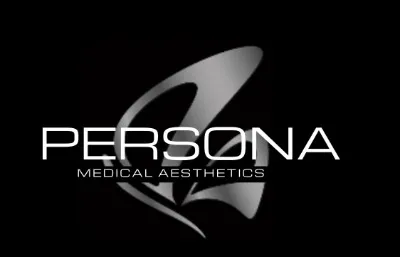
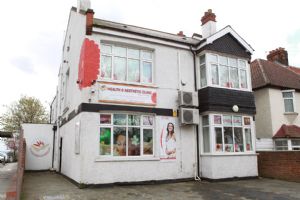
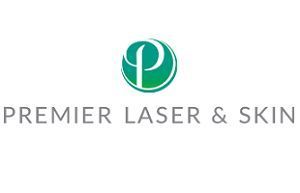
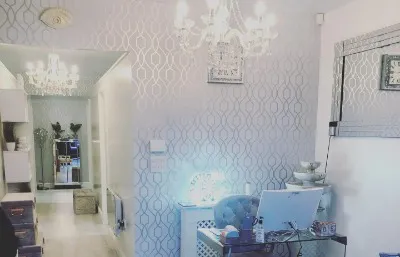
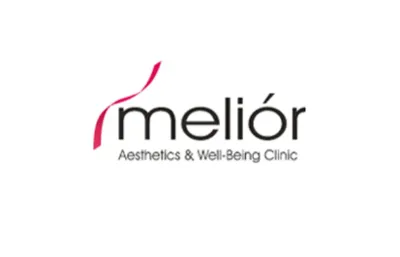
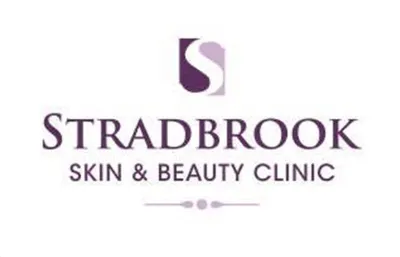



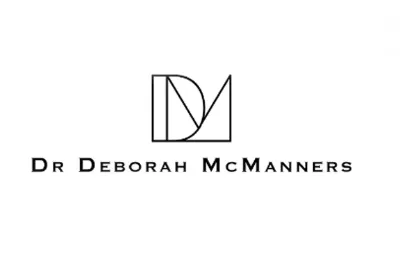
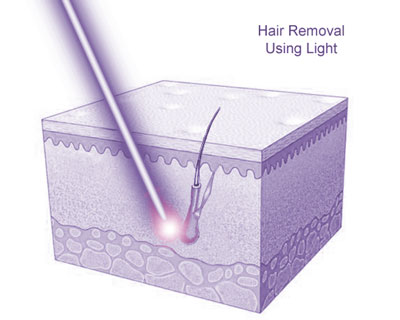
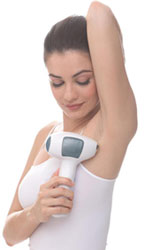 In 2003, a team of American dermatologists, engineers, and executives, who were previously behind the development of the Lumenis diode laser LightSheer™ back in the early 1990s, went on to found SpectraGenics. They then began the development of its flagship diode laser device for home use, TRIA™
In 2003, a team of American dermatologists, engineers, and executives, who were previously behind the development of the Lumenis diode laser LightSheer™ back in the early 1990s, went on to found SpectraGenics. They then began the development of its flagship diode laser device for home use, TRIA™